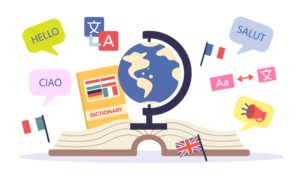Dutch Translation: A Niche Need with Strategic Value
While translation requests for Dutch may be relatively limited—largely because most Dutch people are fluent in English and often understand German and French—there are still important cases where Dutch translation plays a vital role.
The Netherlands is a key trading nation, bordered by the UK, Germany, and France. It is home to Europe’s largest port, the Port of Rotterdam, and the highly connected Schiphol International Airport. Strategically located at the heart of the EU, the country plays a central role in transportation, tourism, telecommunications, and finance.
In addition, the Netherlands offers favorable tax policies that attract startups and international businesses, particularly from Asia and North America. As a result, many companies establish their European headquarters there. Importantly, Dutch remains the official language for public documents, legal filings, and government communications.
NAIway Translation Service provides high-quality Dutch translations tailored to your purpose and content. Our experienced translators, equipped with specialized knowledge, ensure accuracy and clarity in every project.
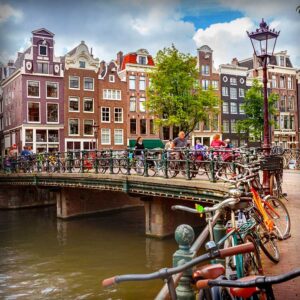
For more details, please feel free to contact us.
Dutch Translation Rates (Japanese-Dutch & Dutch-Japanese)
Below are NAIway’s standard translation rates.
Our regular translation fees cover all of the following services, so you can rely on us with confidence.
Translation
+
Native-Level Quality Check
+
After-Support※
※ As part of our after-support, we handle revisions and inquiries within the post-delivery verification period (typically one week).
(Please note that changes or additions to the original document are not included.)
Japanese to Dutch Translation

From 33 JPY per character
Dutch to Japanese Translation

From 38.5 JPY per word
- The actual cost will be estimated based on the content and volume of the document. Please send us the document when requesting a quote.
- Minimum Charge Policy. Depending on the character/word count and other conditions, we have a two-tier minimum charge system of 5,500 Japanese Yen or 11,000 Japanese Yen (tax included). This ensures coverage of the essential costs involved in translation coordination and quality assurance.
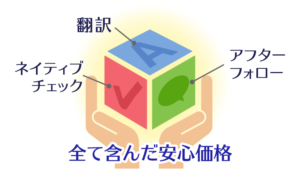
For more details, please feel free to contact us.
NAIway's Quality Assurance System
At NAIway Translation Service, we believe that quality management is our top priority as a professional translation company. To ensure the highest standards, we have developed our own Quality Assurance System (QAS) and implement strict quality control measures.
For high-quality Japanese-Dutch and Dutch-Japanese translations, every document undergoes a two-step review process: after the initial translation, a second translator conducts a thorough quality check.
We meticulously review each character and sentence, ensuring logical flow, terminology consistency, and appropriate expressions to deliver a refined translation tailored to your needs.
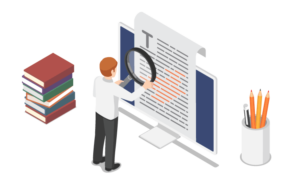
Multilingual Translation Support
At NAIway, we offer multilingual translation services. Along with Dutch, we provide translations in English, German, Portuguese, Spanish, and more—all in one place.
If you're considering inbound tourism solutions, feel free to contact us for a consultation!
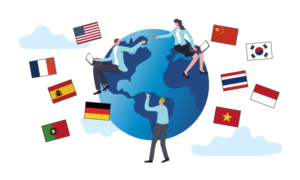
Introduction to Our Dutch Translators
Here are some of the translators currently working with or registered at NAIway.
For more details, please feel free to contact us.
What is the Dutch language?
The Dutch Language: Global Reach and Historical Ties with Japan
Dutch is the official language of the Kingdom of the Netherlands and the Kingdom of Belgium. It is also spoken in autonomous parts of the Kingdom such as Aruba and Curaçao, as well as in Suriname—a former Dutch colony—where it retains official language status.
Linguistically, Dutch belongs to the Germanic family and is often classified as a dialect closely related to German. However, despite their shared roots, the two languages are not mutually intelligible to the extent that one might assume.
Historically, the Netherlands was Japan’s only trading partner among Western nations during its period of national isolation (sakoku). As a result, Dutch—referred to as Rangō (蘭語) in Japanese—left a lasting impact, with many Dutch-origin words still present in the Japanese language today.
Dutch Script
The language uses the Latin alphabet.
How to Say “Hello” in Dutch
Goedendag/ˈɣudə(n)dɑx/
Primary Regions of Use
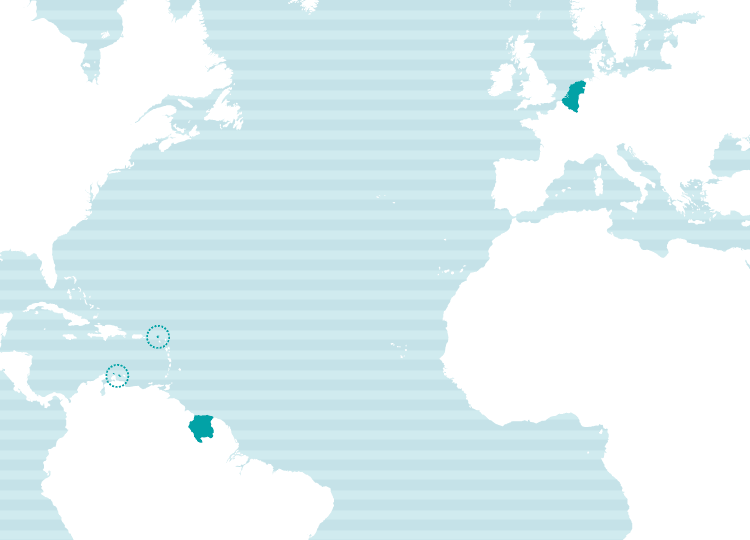
Language Family: Indo-European > Germanic > West Germanic
Regions Spoken: The Netherlands, Belgium, Suriname, Aruba, Curaçao, and other regions
Variations of Dutch Across the Netherlands and Belgium
Dutch in the Netherlands and Belgium: A Subtle but Significant Divide
While Dutch is spoken in both the Netherlands and northern Belgium, the Belgian variety—known as Flemish—differs notably from the Dutch used in the Netherlands in terms of pronunciation, vocabulary, and expressions.
In the Netherlands, Dutch tends to incorporate many loanwords from English and often uses English terms directly. In contrast, Flemish leans more heavily on French influences, borrowing vocabulary and expressions from its southern neighbor. As a result, the two versions of Dutch can feel quite distinct in tone and usage.
When translating into Dutch, it is essential to clarify which variety—Netherlands Dutch or Belgian Dutch (Flemish)—is appropriate for the target audience.
Dutch in the Japanese Context
Dutch Influence on the Japanese Language: A Legacy from the Age of Isolation
During Japan’s period of national seclusion (sakoku), the Netherlands was the only Western country permitted to trade with Japan. Through this unique relationship, numerous scientific fields and technologies were introduced, along with a lasting linguistic legacy.
Many Dutch words were adopted into Japanese and remain in use today.
Examples include: alcohol, ink, syrup, pistol, ponzu, rucksack, satchel (randoseru), lamp, and canvas shoes (zukk).
The impact is especially notable in medicine, with terms such as alkali, beaker, pincet (tweezers), camphor, and scalpel (mes) tracing back to Dutch.
Even some everyday expressions have surprising roots:
The word otenba (a tomboyish girl) comes from the Dutch ontembaar (“untamable”), while yancha (mischievous child) is believed to derive from Jantje, a Dutch diminutive of the name Jan.
